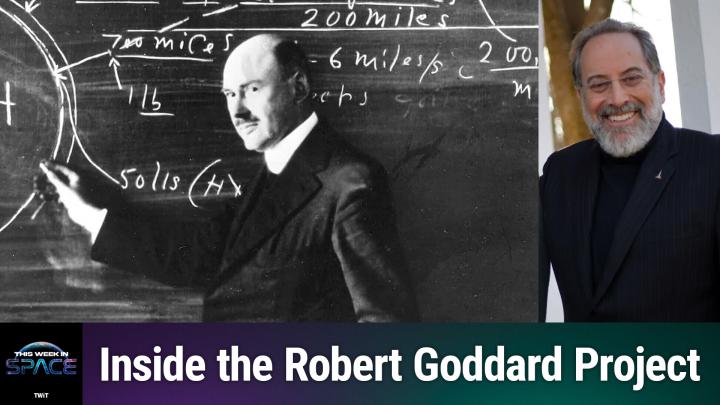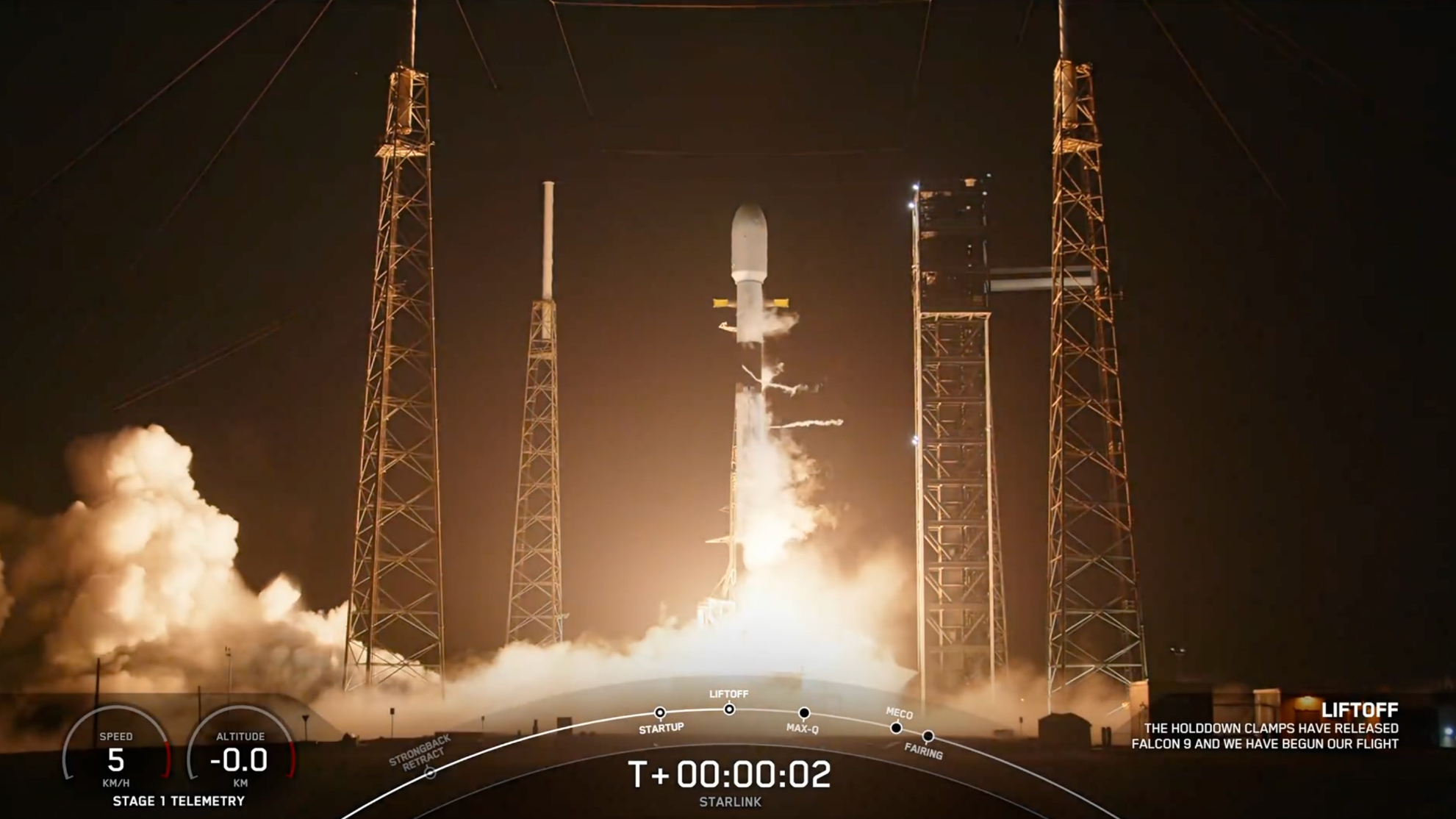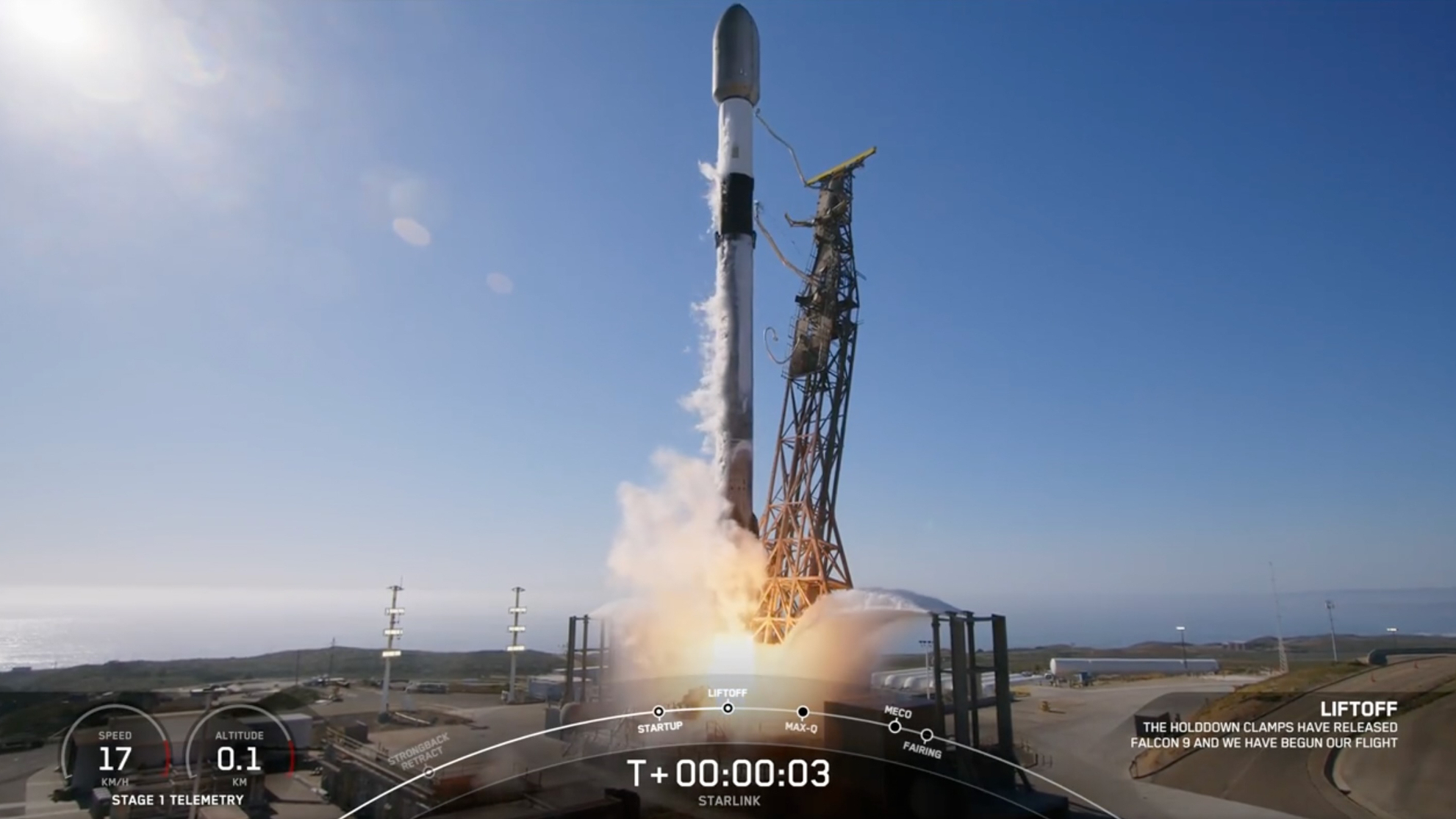China kicks off a busy 2021 in space with communications satellite launch
The launch of the Tiantong 1-03 communications satellite on Tuesday (Jan. 19) marked the start of a very busy year in space for China.
A Long March 3B rocket lifted off at 11:25 a.m. EST Jan. 19 (1625 GMT, 12:25 a.m. local time on Jan. 20) from the Xichang Satellite Launch Center in the hills of China's Sichuan province.
Just under an hour later the China Aerospace Science and Technology Corporation (CASC), China's main space contractor, confirmed that the satellite had been successfully inserted into geosynchronous transfer orbit — a path satellites take to reach a geostationary orbit high above the Earth.
In the following weeks the satellite will reach its intended position in geostationary orbit. At an altitude of 22,236 miles (35,786 kilometers), the satellite will orbit at a speed which effectively keeps it fixed over a point on the Earth below, making such orbits very useful for providing stable communications services.
Video: Blastoff! China's first launch of 2021 is the Tiantong 1-03 satellite
Related: The latest news about China's space program
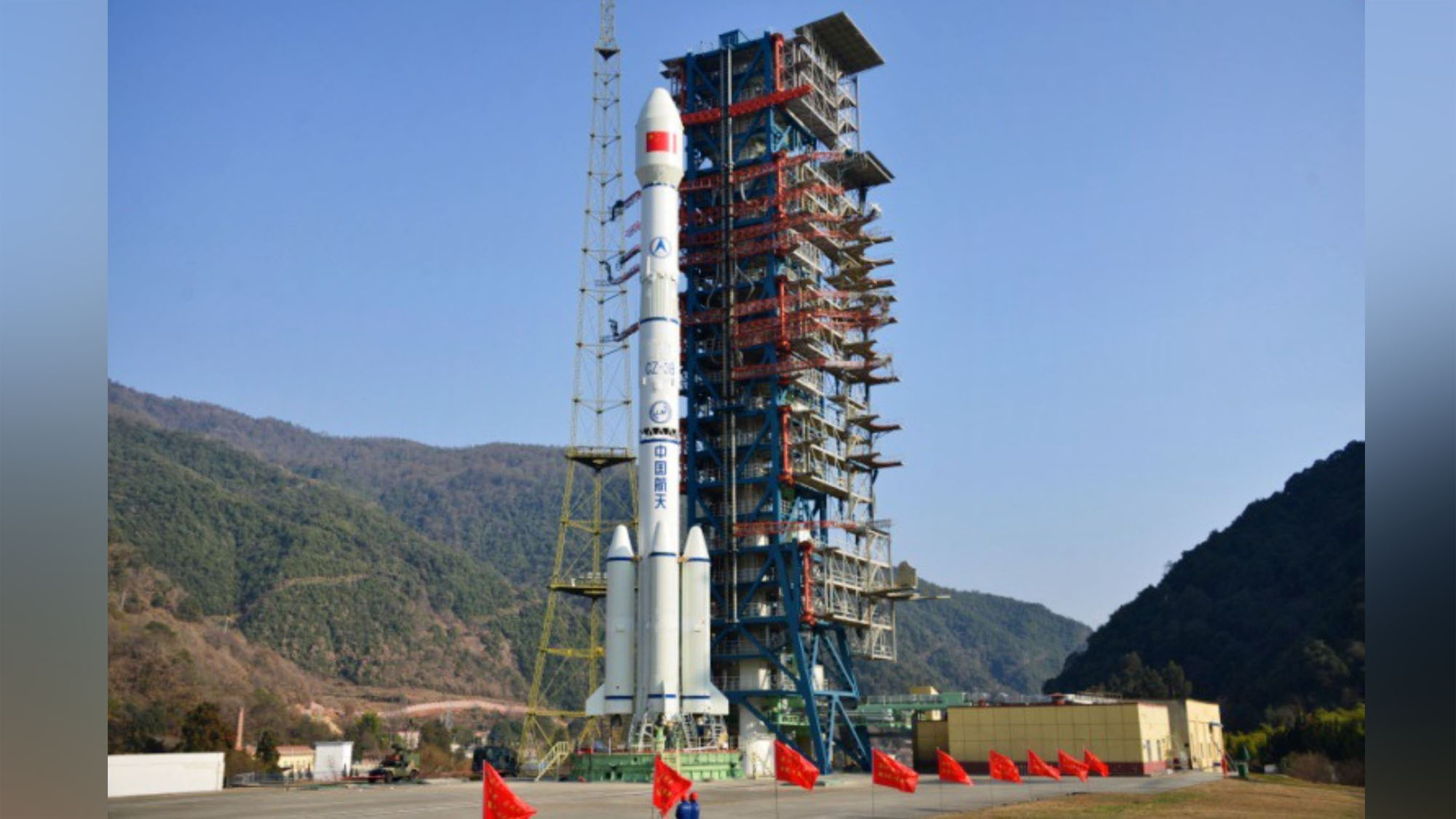
As the numbering suggests, Tiantong 1-03 is the third satellite in the Tiantong-1 series. It is based on the Dongfanghong-4 (DFH-4) satellite platform developed by the China Academy of Space Technology (CAST), a major CASC subsidiary, with a mass of around 11,500 lb. (5,200 kilograms).
The satellite operates in the S-band frequency, providing mobile communications services. Once in its intended orbit, the satellite will be networked with the Tiantong 1-01 and Tiantong 1-02 satellites to improve resource efficiency and system service capabilities, according to CAST.
Get the Space.com Newsletter
Breaking space news, the latest updates on rocket launches, skywatching events and more!

The trio of Tiantong 1 satellites will establish a mobile network with ground facilities to provide "all-weather, all-time, stable and reliable mobile communications services such as voice, short message and data," according to the state-run Chinese media outlet Xinhua, to users "in China and its surrounding areas, the Middle East, Africa and other regions, as well as most sea areas in the Pacific Ocean and the Indian Ocean."
The satellites are operated by China SatCom, which specializes in satellite communications and broadcasting services.
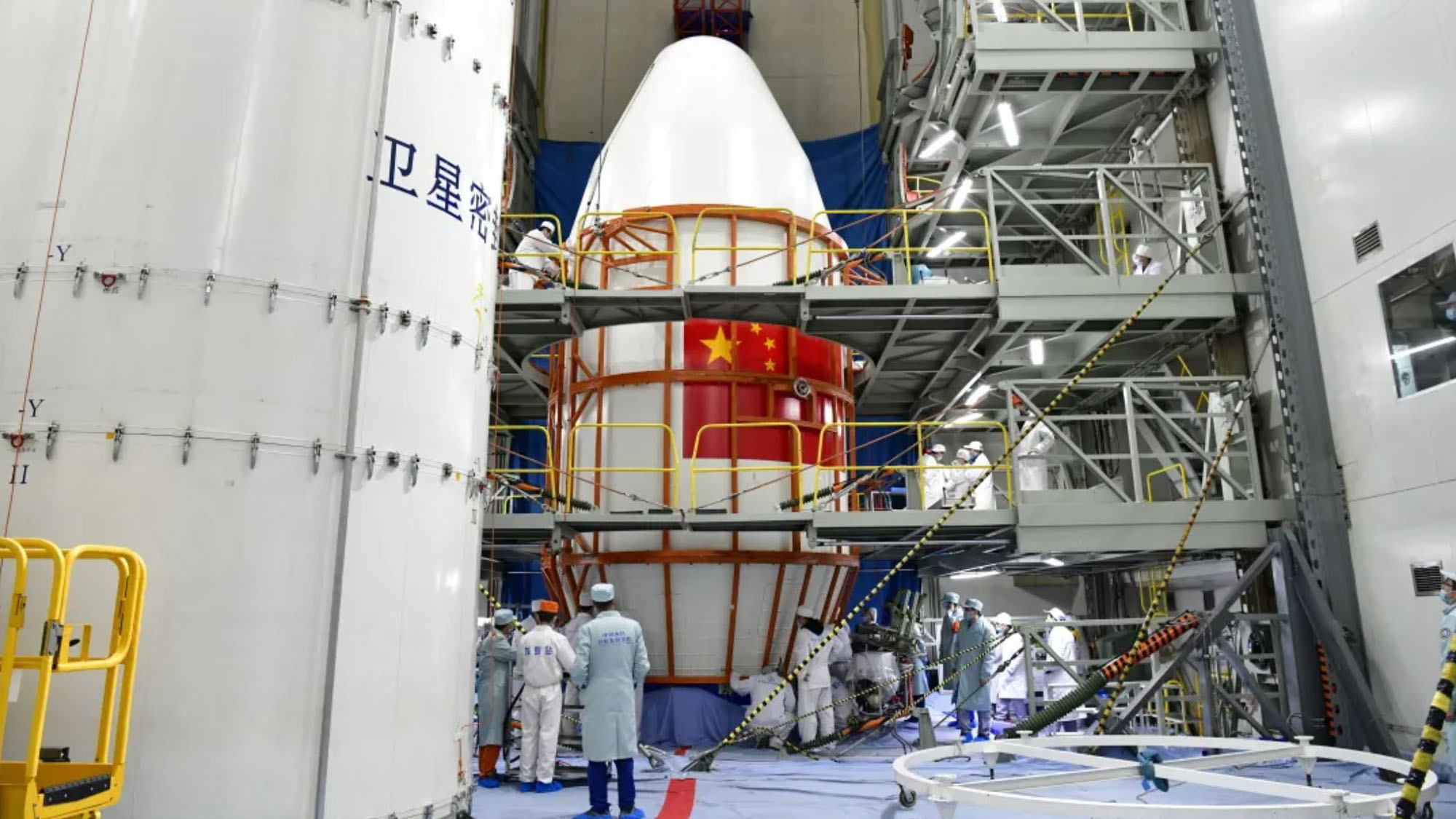
The launch was the first of more than 40 launches CASC is planning this year. Commercial Chinese launch companies including Expace, Landspace, iSpace and Galactic Energy are also expected to conduct their own missions in 2021.
Xichang is one of the world's busiest spaceports despite being located in a remote part of southwest China. Zhang Xueyu, director of the launch center, told Chinese media that it would conduct a further 21 space launches this year.
The coastal Wenchang spaceport falls under the administration of Xichang, meaning that this figure of 21 more launches likely includes the major space station-related launches expected from Wenchang in the coming months.
There were two missions in 2021 ahead of China's Long March 3B launch. A Falcon 9 sent Turksat 5A into geosynchronous synchronous orbit on Jan. 7, followed by Virgin Orbit's landmark LauncherOne mission which carried 10 CubeSats into low Earth orbit on Jan. 17.
Follow us on Twitter @Spacedotcom and on Facebook.
Join our Space Forums to keep talking space on the latest missions, night sky and more! And if you have a news tip, correction or comment, let us know at: community@space.com.

Andrew is a freelance space journalist with a focus on reporting on China's rapidly growing space sector. He began writing for Space.com in 2019 and writes for SpaceNews, IEEE Spectrum, National Geographic, Sky & Telescope, New Scientist and others. Andrew first caught the space bug when, as a youngster, he saw Voyager images of other worlds in our solar system for the first time. Away from space, Andrew enjoys trail running in the forests of Finland. You can follow him on Twitter @AJ_FI.




